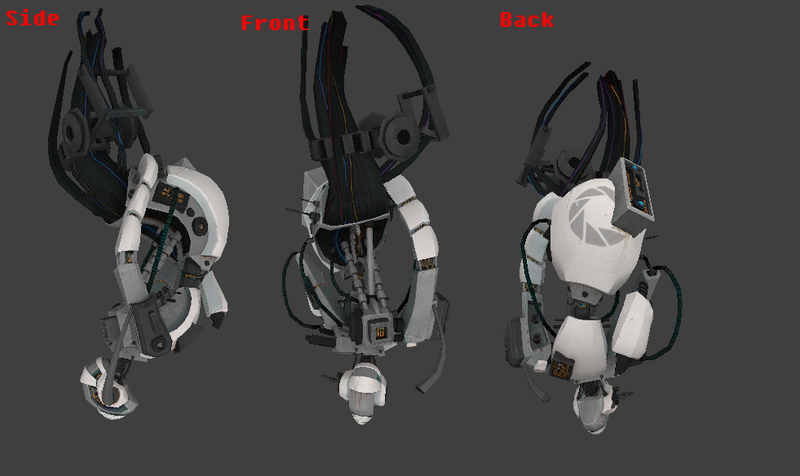In this video, Raul Cuero reflects, in an interview, on his life as a poor Colombian, and how it influenced and inspired him to become the microbiology icon that he is, today. Training himself to entertain himself through thought, he would observe cockroaches on the ground (how any human can make eye contact with those things and not implode is beyond me), how they interact in pairs and how they behave. This instilled in him a curiosity and intimacy with the attitudes and nature of creation, and created the basis for his love of microbiology.
In one point in the video, he says that creativity isn't about artistic ability, that it isn't about intellect. It's about how we perceive creation, and our willingness to assist it. I, personally, would count someone's "smartness" not on their test grades, not on their note-taking, and not on their essay skills. While many people I consider "smart" do often possess these three things and more, I find it is more about their creativity.
What good is knowledge, if you don't use it in practice? You can recreate experiments, know the ins-and-outs of history, but knowing means nothing if you don't use it to affect other things. I suppose I am a little bit biased, being of an artistic and creative mindset, but everything I make is made from altering what I've seen, heard, felt, touched, and tasted, into something that instills similar sensations in others.
Think of the smartest person in history you know. Leonardo, Alexander, Professor Xavier, and think. Are they considered smart because they
knew things? They knew many things, of course, and so have billions of others before them! But the difference is, they used what they knew to make more things to assist creation. Leonardo Da Vinci, in studying human bodies, anatomy, math, science, philosophy, applied his knowledge to conceptualize one of the first flying machines. Alexander the Great, very knowledgeable in many social, economic, historic, militaristic, and egotistic backgrounds, helped foster what is possibly the greatest empire in existence. Professor Xavier, a crippled psychic with immense knowledge and wisdom, gathered many mutants together like him and taught them, housed them, and assembled them for their good, and for the greater good.
He even made himself appear to the Xmen after he died, he was that good.
Knowing things doesn't benefit anyone except yourself. Applying it all to benefit others is real intelligence, because the intelligent know that doing anything else is selfish.
Saying artistic talent is not a component of creativity, I feel, is correct. It goes the other way, of course, but artistry doesn't bind creativity. Plus, "art" itself doesn't really have a definition, anyway. But if you wanna go ahead and take a shot at defining art, then... good luck.




